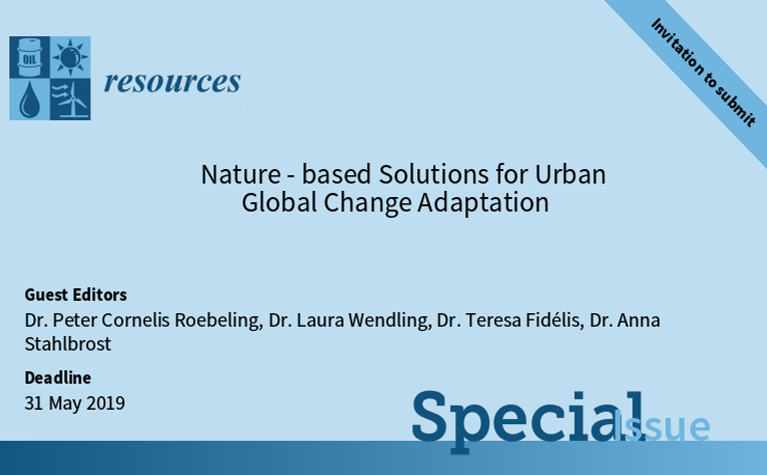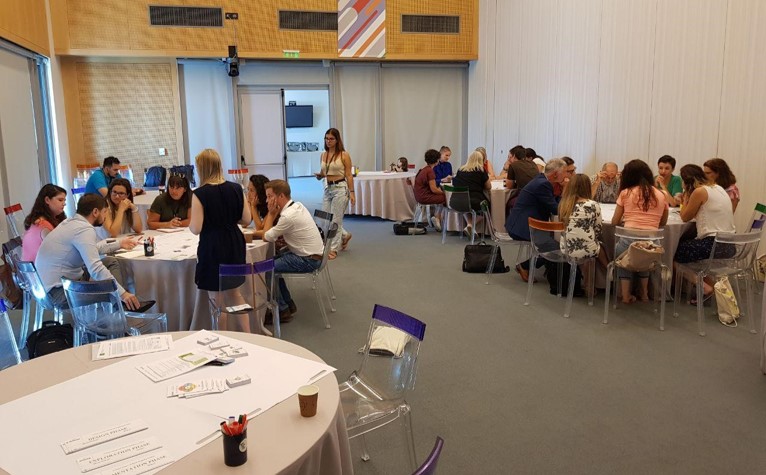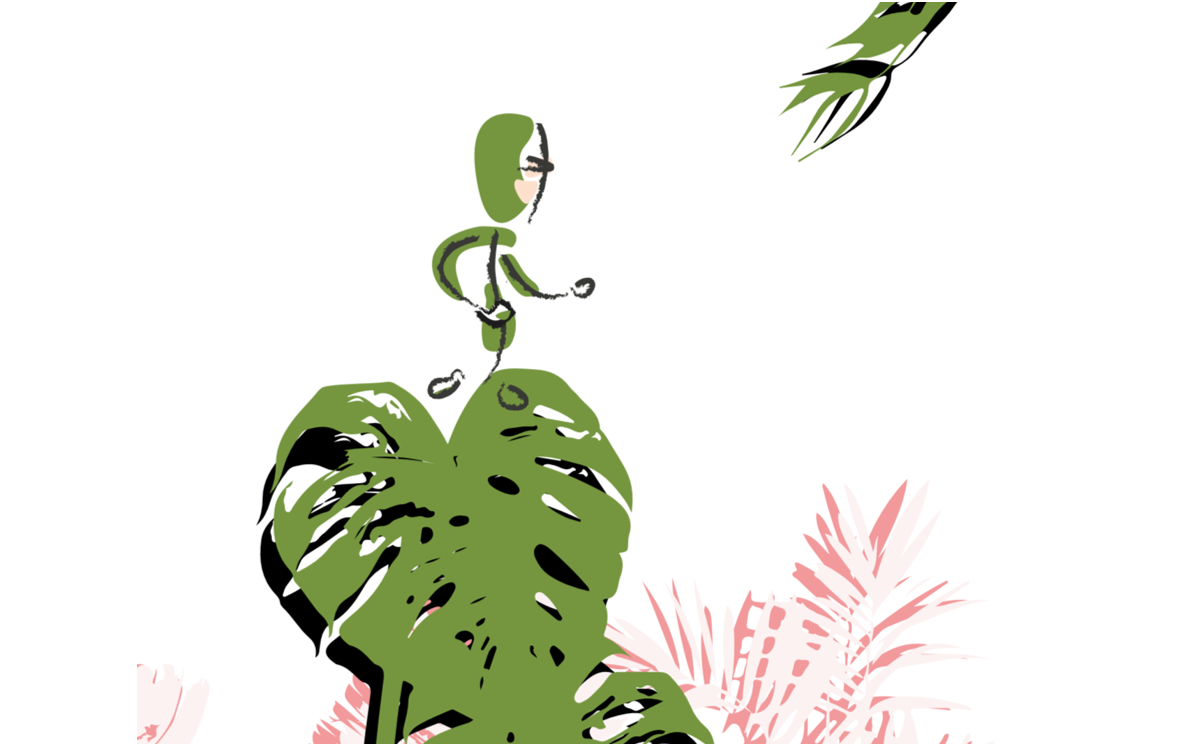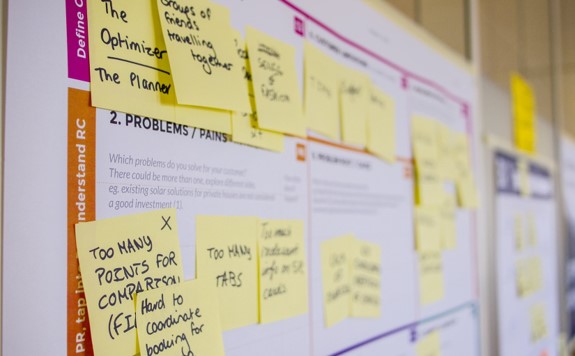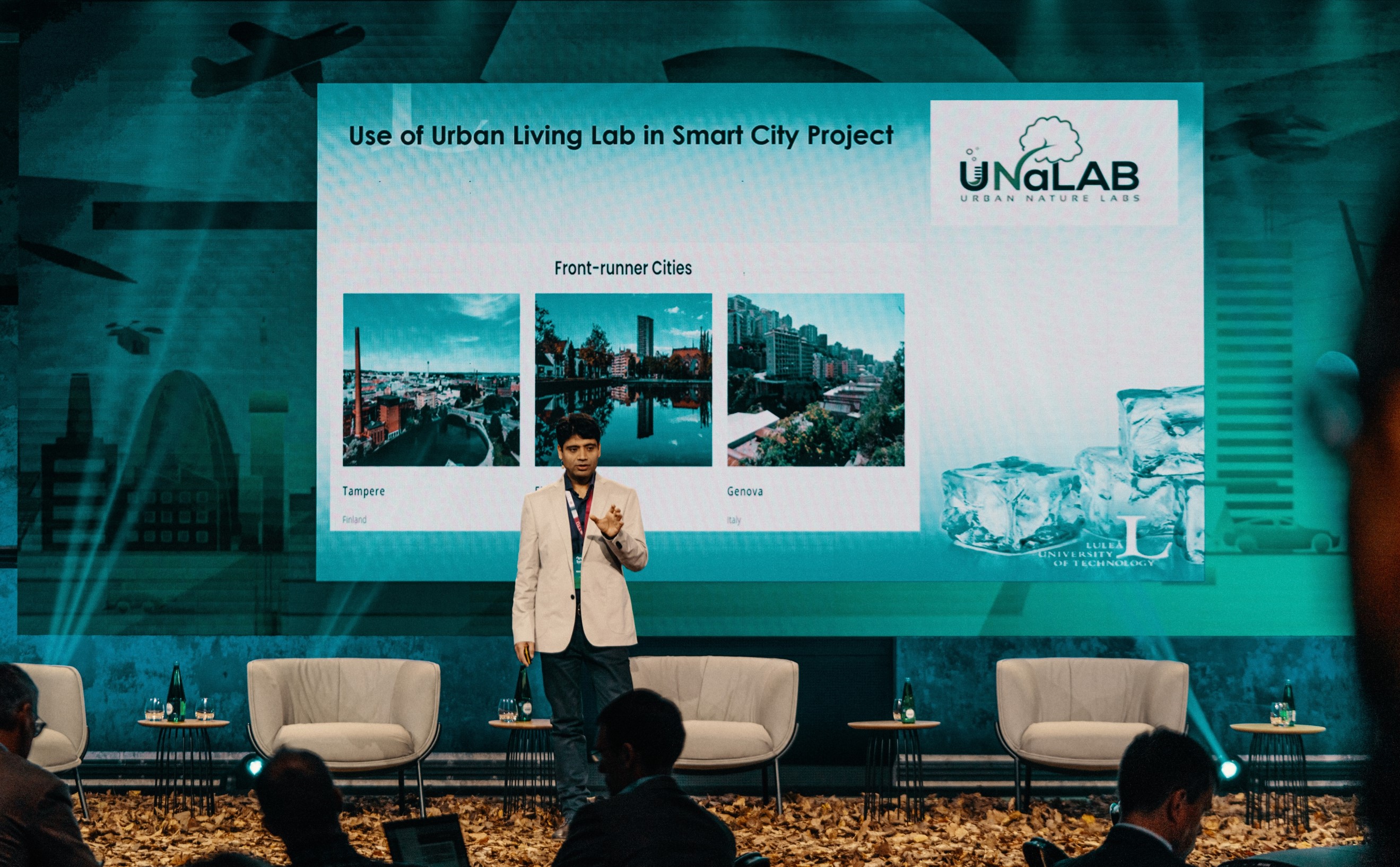About Us
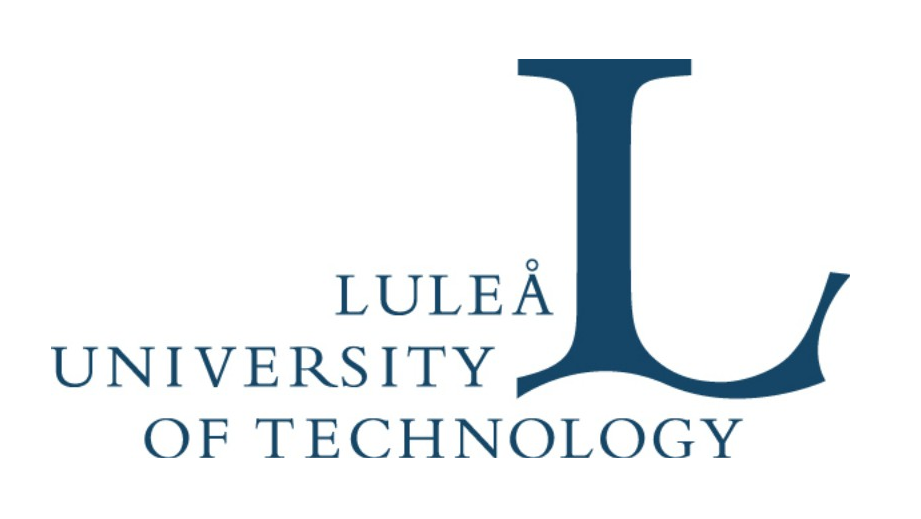
Botnia Living Lab, hosted by Luleå University of Technology, focuses on human-centric research, and the development and innovation of new ICT-based services. Botnia started in 2000 and has matured from a test-bed to a real-life laboratory. Today, Botnia is a world-leading environment for user-centric research, development and innovation (RDI), instrumented by methods, tools and experts, for interaction with user groups. Botnia Living Lab is an effective member as well as member of the council in the European Network of Living Labs and was one of the founders of the network. The overall objective is to contribute to the creation of a dynamic European innovation system, with a global reach. The Botnia Living Lab is constantly being developed further in close cooperation with end-users and stakeholders as well as researchers at Luleå University. The FormIT methodology developed at Botnia assists in Living Labs operations with users and other stakeholders as well as to assess the impact of the approach. Botnia’s track record includes application areas such as: Smart Cities, mobile marketing, traffic information, energy efficiency, sports and culture, e-democracy and security and privacy. Botnia has also assisted several new Living Labs in the start-up phase to create a sustainable living lab operation.
The division of Information Systems at LTU in Sweden is a design- and innovation oriented research group that focuses on digital service innovation, information security and long-term digital preservation. We have more than 20 years of experience from research and development within the field of user-centred and user driven service innovation. Within this area we have a particular interest in processes and milieus for user centred digital innovations such as Living Labs. We are the main research partner of Botnia Living Lab. Architecture research includes architecture, technical direction, building construction, urban planning, cultural heritage, spatial planning and traffic planning for sustainable development in society. The research team sees architecture, design, economic, practical and functional design integrated with the aesthetic, harmonious, and symbolic dimensions. It also includes what architecture means for the relationship between people, nature, history and built environment in the various levels of society. We investigate and develop innovative proposals for how planning processes can be further developed, the urban and built environments, and buildings can be designed to better meet the needs and desires, resulting in large variations in seasonal climate and future climate change.
UNaLab Team Members
Meet the UNaLab Team Members from Luleå University of Technology
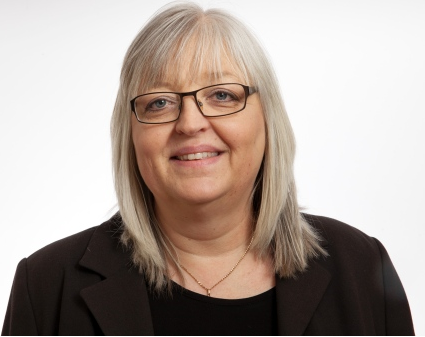
Anna Ståhlbröst
Work Package 2 - Living Lab and Co-Creation: Models and Tools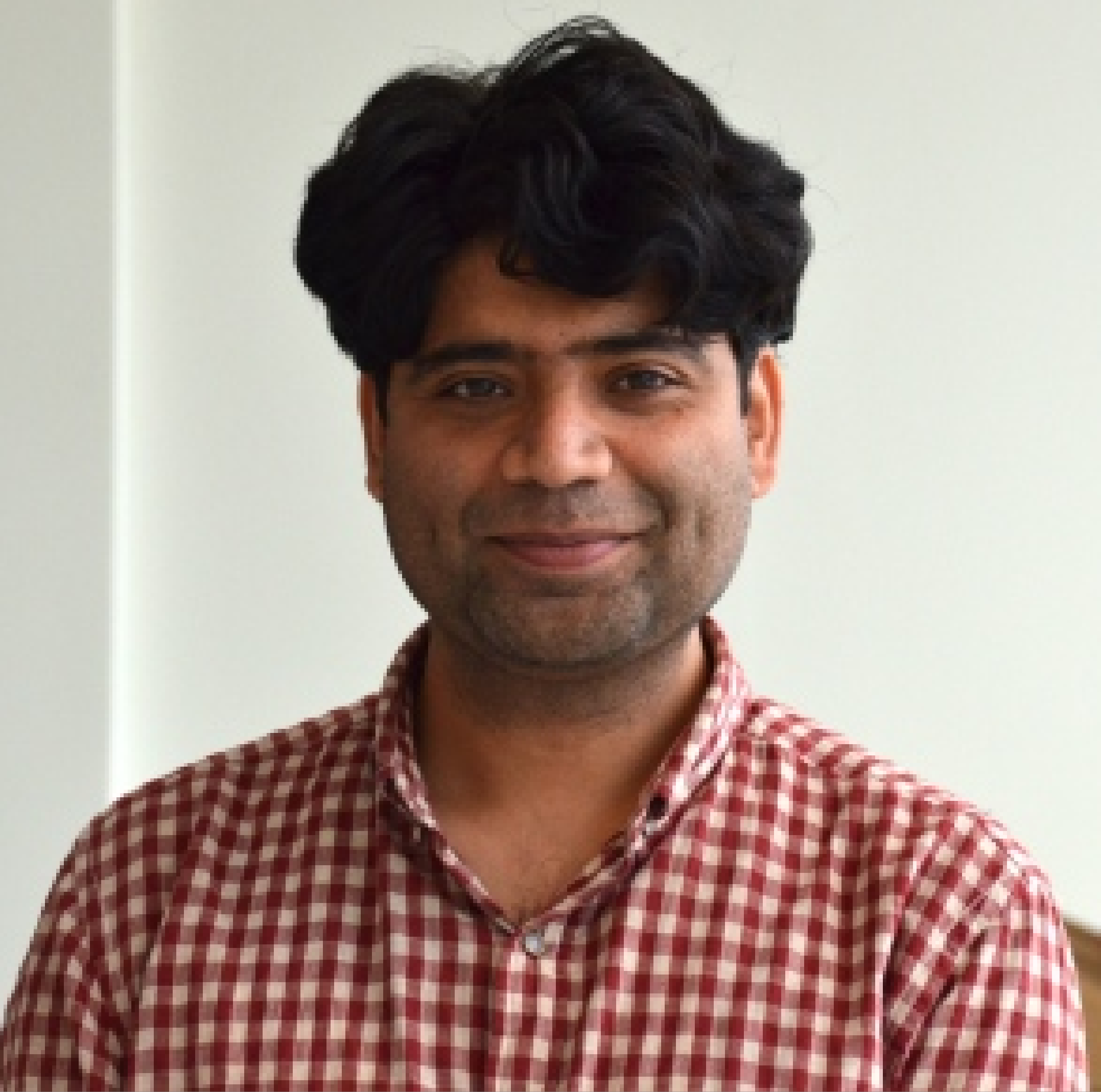
Abdoulrasoul Habibipour
Work Package 2 - Living Lab and Co-Creation: Models and ToolsLatest Updates
Related Information
Call for Papers on Nature-based Solutions for Urban Global Climate Change Adaptation
The UNaLab team members Peter Roebeling, Teresa Fidelis, Anna Ståhlbröst and Laura Wendling are guest editing a special issue of the Open Access journal Resources on the topic “Nature-based Solutions for Urban Global Climate Change Adaptation”. They now invite papers that address one or more of the pre-selected issues. The deadline for submissions is 30 September 2019.
Urban Living Lab Framework & RoadMapping Toolkit
In order to obtain a better understanding of urban living labs from the perspective of UNaLab city representatives and to define the concept of an urban living lab, two workshops were organised in the UNaLab project, followed by an open-ended questionnaire to validate the collected data in the two workshops.
Urban Living Labs: Towards an Integrated Understanding of their Key Components
Authored by Diana Chronéer, Anna Ståhlbröst & Abdolrasoul Habibipour. Published in the Technology Innovation Management Review in March 2019.
A Taxonomy of Factors Influencing Drop-Out Behaviour in Living Lab Field Tests
Authored by Abdolrasoul Habibipour, Annabel Georges, Anna Ståhlbröst, Dimitri Schuurman & Birgitta Bergvall-Kåreborn. Published in the Technology Innovation Management Review in May 2018.
Urban Living Lab handbook
With this Living Lab Handbook, you can learn how to develop an Urban Living Lab, based on the lessons learned, research and practical experience from the UNaLab project.
Drop-out in Living Lab Field Test: Analysing Consequences and Some Recommendations
Authored by Abdolrasoul Habibipour, Anna Ståhlbröst, Annabel Georges, Birgitta Bergvall-Kåreborn & Dimitri Schuurman. Research paper for the 26th European Conference on Information Systems, June 2018.
Transformative thinking and urban living labs in planning practice: a critical review and ongoing case studies in Europe
Authored by Agatino Rizzo, Abdolrasoul Habibipour & Anna Ståhlbröst. Published in European Planning Studies in April 2021.
UNaLab at the GreenEST Summit
UNaLab was invited to the GreenEST Summit - the largest Greentech event in the region - which was held in Tallinn, Estonia. In this event, Abdolrasoul Habibipour presented the UNaLab project as a successful example on the use of the urban living lab approach to develop nature-based solutions in European cities.
